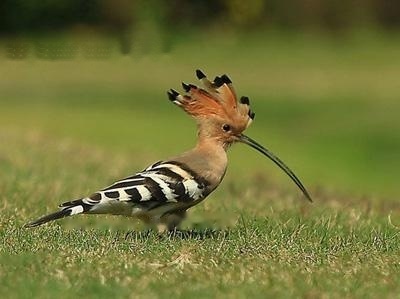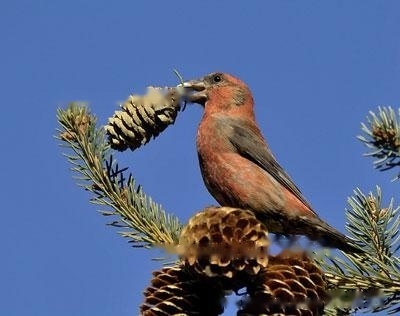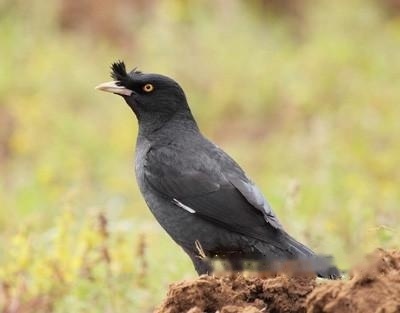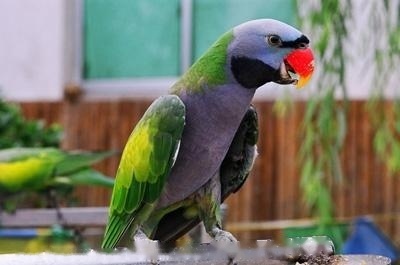Often home-raised Pacific parrots suffer from malnutrition, partly because the owner does not provide enough food to meet the bird's nutritional needs, and secondly because the bird is too Malnutrition caused by picky eating. The diet for Pacific parrots is worthy of attention by owners.
The main food for Pacific parrots is in addition to general comprehensive grains (such as wheat, sorghum, millet, sorghum, white melon seeds, hemp & hellip; etc.) or Artificial synthetic feed can also provide other fresh foods, such as: corn, carrots, peas, cabbage, squash and green beans & hellip; etc. (without cooking).
You can also add appropriate amount of sprouted beans and fresh fruit at the same time.
It is recommended to mix fruits and vegetables into liquid as drinking water, which can indeed balance the nutritional needs of birds. The following is the information on the vitamins contained in some fruits and vegetables into juice. Its reference:
1. Vitamin C (improves immune function): bananas, strawberries, apples, mint leaves
2. Beta-carotene (prevention of respiratory diseases): carrots, apples, oranges, bean sprouts
3. Vitamin B (to maintain the best condition of birds' eyes, skin and feathers): wheat, eggs, potatoes, yogurt
4. Vitamin Magnesium (helps to reduce the sequelae caused by stress and stress in birds): carrots, green cauliflower, spinach, lime and a little salt
5. Juices with high calcium content (helps bone growth): milk, dark green vegetables, diced oranges, yogurt, walnuts, a little parsley
6. Potassium-containing juice (helps the metabolism of cells in the body): lime, banana, celery, apple, white grape, a little cinnamon powder
7. Zinc-containing juice (to avoid poor secretion of the pituitary gland and insulin when the bird is frightened): white grapes, apples, spinach, a little parsley
These natural foods not only have unexpected help for the growth and health of birds, but also are not like synthetic vitamins, and eating too much will damage the kidneys of birds.




